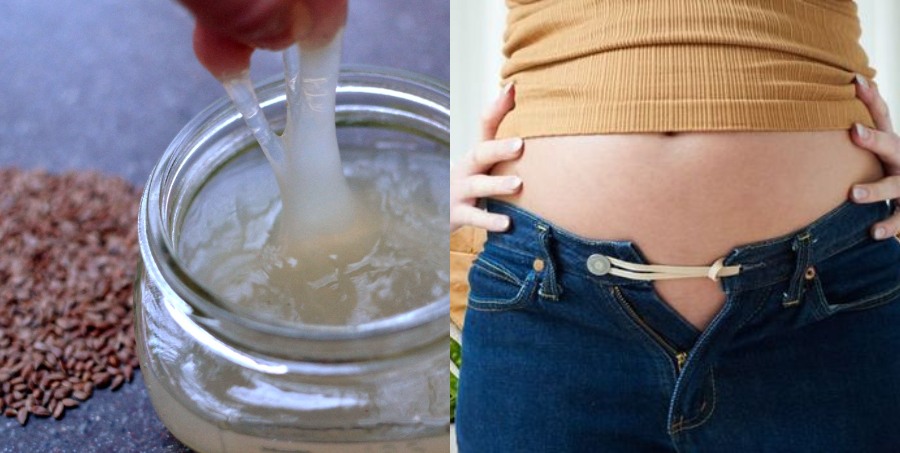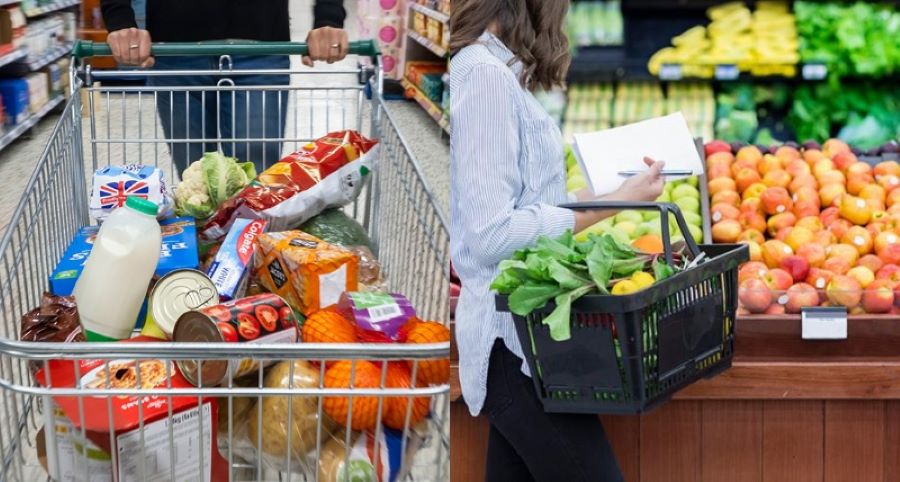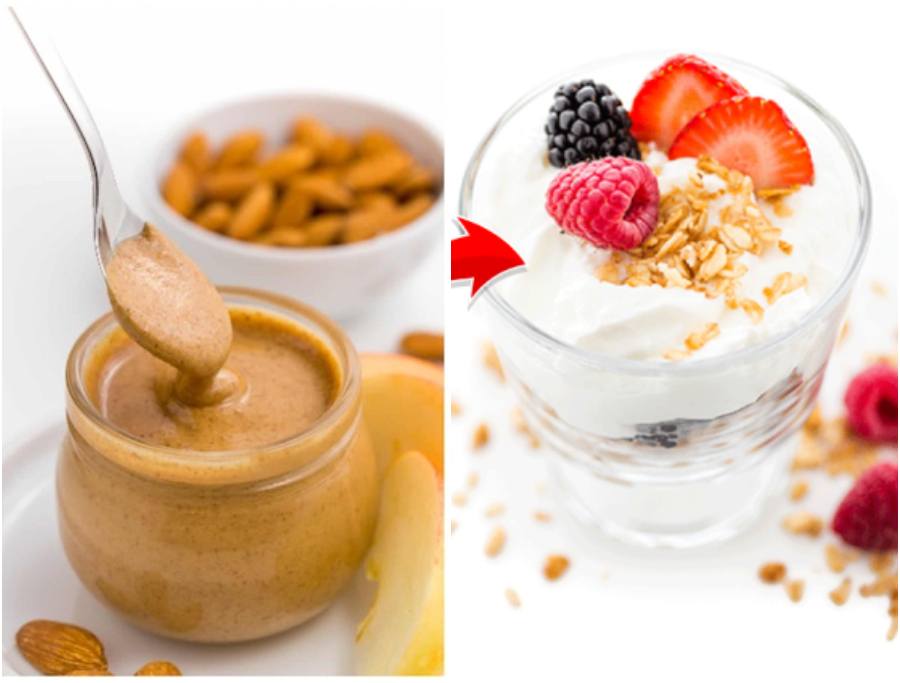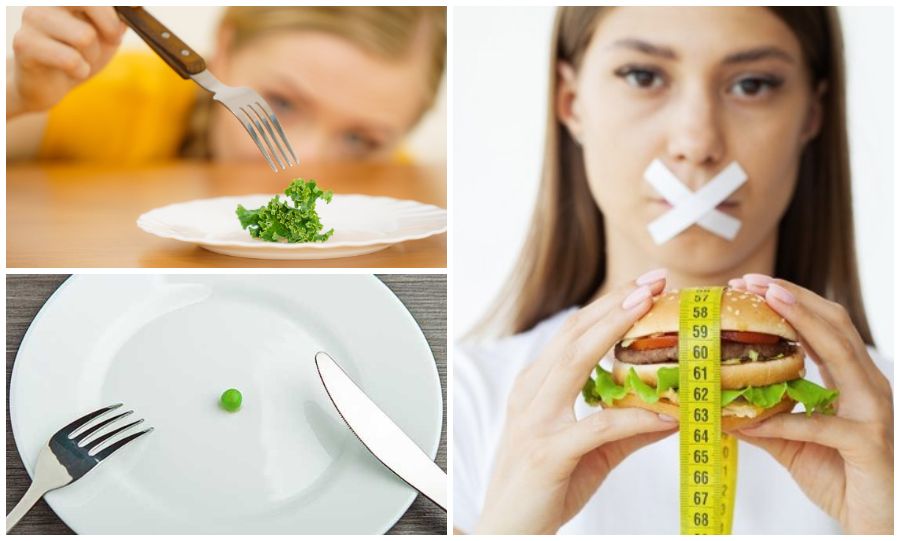If there are two categories of food you should never compromise on, even when on the strictest diet, it’s fruits and eggs. Both of them come packed with nutrients, vitamins, proteins that nurture and support a healthy body. Fruits also come loaded with high fiber content which is a necessary for a healthy gut which in turn will ensure that you have a robust immune system, sound mind, and healthy body. In this post, we have listed down 22 best fruits to include for weight loss.


Why you Should’t give up on Fruits Even While Dieting?
- Almost all fruits are nutritionally dense which means they come loaded with vitamins, minerals, fiber, antioxidants, etc. With just one serving, you can almost reach your daily recommended intake of several nutrients.
- All fruits have some level of fiber content which helps you control sugar spikes, slow down your digestion, help you feel fuller for longer and controlling your appetite.
- Most fruits are low in calories while high in nutrients and fiber content.
What are Low-Glycemic Fruits?
The glycemic index is a way of determining how a food increases blood sugar levels in the body. A glycemic index of 1 to 55 is considered low and ideal for those who want to maintain a healthy body weight, lose weight, or want to lower their blood sugar levels. Fruits that fall between 1 to 55 range are considered to be low-glycemic fruits which do not cause huge spikes in blood sugar levels.
What Does Fiber in Fruits Do For Your Body?
Fiber is a category of nutrients that does not break up into sugar molecules, rather it passes down into the gut unbroken, and helps feed the healthy bacteria in the gut with nutrients. Healthy bacterial colonies are essential to maintain a healthy gut for better absorption of nutrients and vitamins into the body. Fiber is an essential part of a healthy diet because it helps to maintain a healthy digestive system, clears constipation, regulate blood sugar levels, and also to control appetite. Fiber helps to reduce appetite, reduces belly fat, and thus helps with weight loss too.Fiber helps to treat constipation and other digestive system related issues. Most importantly, fiber reduces the risk of colon cancer.

Soluble fiber, combines with water to form a gel-like component that slows down the release of digested food into the gut. Soluble fiber also helps the friendly bacteria that exist in the intestines thrive well and these bacterial flora helps with better absorption of vitamins and nutrients into the bloodstream from the small intestine. This process is called fermentation which releases short chain fatty acids which can in turn reduce belly fat. Fiber also helps reduce appetite to a great extent by regulating the production of hunger hormone “ghrelin.” Fiber content also reduces one’s appetite by slowing the movement of food through the gut. Since fiber has low glycemic index, it also does not spike up insulin and thus reduces the chance of extra calories getting stored up as fat in the body.
There are two categories of dietary fiber – soluble and insoluble.
1. Soluble Fiber – Soluble fiber is known to help decrease blood glucose (blood sugar) levels. Soluble fiber slows down the absorption of sugar and cholesterol in the blood. Helps with slow and smooth movement of digested food through the gastrointestinal tract. Pectin, Gum are soluble fiber. Mixes with water in the body to form a gel-like component. It also helps lower blood cholesterol. Some examples of soluble fiber are lentils, oatmeal, citrus fruits, barley, apple, etc.
2. Insoluble Fiber – Insoluble fiber, as the name suggests, does not combine with water and adds as a bulky agent and helps to have a strong digestive system. Hemicellulose, cellulose, and lignin are fiber found in cell walls. Insoluble fiber increase the bulk of stool and helps speed up the passage of food through the digestive system. It retains its consistency without mixing with water. Insoluble fiber prevents constipation. Foods with whole-wheat flour, wheat bran, brown rice, cauliflower, potatoes, tomatoes and cucumbers. Some foods, like nuts and carrots, are good sources of both types of fiber.
Recommended Dosage of Daily Fiber Intake:
Men need around 38 gm per day and women need up to 25 gm per day.
Is Whole Fruit or Fruit Juice Better?
Fruit juices, even, the freshly-squeezed ones are not nutritionally equal as whole fruits because the juicing process breaks down the fiber content which is so necessary to keep the digestive system healthy because it helps in active absorption of nutrients, in controlling blood sugar, and in lowering cholesterol. Also, packaged fruit juices are not only high in sugar content, they have little fiber and come loaded with preservatives. So, whole fruit is the best way to eat your fruit.
Best Fruits to Include for Weight Loss
1. Blueberries:Blueberries are packed with nutrients, with everything from vitamin C, vitamin K. You can use blueberries in breakfast dishes like overnight rolled oats, pancakes, cereal They are rich in antioxidants, particularly, anthocyanin. Blueberries have GI of 53.
2. Apples: How can one not apple? An apple a day and more is recommended, even for those on the strictest diet. It has high fiber content which can keep you full for longer. Pectin in apples help to lower cholesterol. Have flavonoids that can fight cancer. Apples have GI of 39.
3. Watermelon: Watermelon provide loads of water and hydration to the body. It also has an antioxidant called lycopene. Watermelons have a GI of 72.
4. Oranges: We all know oranges are rich in vitamin C, but they do have their fair share of fiber content. 33
5. Cantaloupe: Rich in vitamin C, potassium, fiber, and beta carotene. GI of cantaloupes is 65, comparatively higher than other fruits.
6. Pineapple: It has digestive enzymes and also contains manganese. Pineapples have GI of 56.
7. Strawberries: Strawberries don’t get their fare share of recognition in weight loss, but they have high fiber and vitamin C content. GI of strawberries is 40.
8. Avocado: A lot of people do not know but avocado is not a vegetable, it is a fruit. It comes with healthy fat, 20 different types of vitamins, minerals, potassium, and of course fiber. Regular consumption of avocado can lower cholesterol and regulate blood sugar. Avocado has GI of 15, lowest in fruits.
9. Grapefruit: In fact, a whole diet program is based on grapefruits. It is high in vitamin C, also vitamin A. Consuming grapefruits also lead to low calorie intake.
10. Lemon: Weight loss enthusiasts never forget to squeeze in lemon in their morning water. That’s because it is high in vitamin C and has a low GI of 25.
11. Pomegranate: Rich in antioxidants, vitamin C, vitamin B, and even folate. GI of pomegranate is 18.
12. Papaya: High in vitamin C, fiber, carotenoids and even calcium. Papayas have a GI score of 60.
13. Pears: Here’s a little tip – do not peel the skin off pears because all the extra fiber is in the skin. Pears also have low GI of 38.
14. Kiwi: Rich in vitamin C, vitamin E, folate, and fiber. Kiwis have GI of 52.
15. Peaches: They have low GI value of 28 and are rich in vitamin C.
16. Figs: Though figs are high in calories, they are nutrient rich with high protein, potassium, and fiber content. The GI of figs is 60.
17. Cherries: Rich in beta carotene, they have low GI of 22.
18. Plums: Rich in vitamin C and carotenoid, has GI of 24.
19. Passion Fruit: Loaded with Vitamin C, vitamin A, fiber, potassium, iron. Good for diabetics and pre-diabetics. It also has low GI.
20. Bananas: While many people avoid bananas like a plague when trying to lose weight, we would like to inform you that you are missing out on important nutrients like potassium, magnesium, manganese, fiber, numerous antioxidants, and vitamins A, B6, and C if you leave out banana. We need them in our smoothies, right? Bananas have GI of 40 to 62 depending on how ripe they are. Ripe bananas are sweeter compared to fresh ones.
21. Apricots: Contain protein, calcium, vitamin K, iron, zinc, vitamin A, beta carotene, potassium, and fiber. Apricots have GI of
Which Fruits Reduce Appetite?
There are a lot of fruits which keep you full and satiated for long and thus prevent you from having frequent hunger pangs: Here’s a list of such fruits that curb appetite and will aid in the weight loss process:
1. Apples.
2. Avocado.
3. Grapefruit
4. Bananas
5. Watermelon
6. Apricot
Tips While Consuming Fruits:
1. Eat fruits raw, do not juice them out, you will lose the precious fiber content while juicing.
2. Pick locally harvested fruits because it’s the freshest you can get and probably have been ripened on the tree without the help of harmful chemicals.
3. No canned fruits are not comparable to fresh, raw fruits in nutrient content, always pick fresh fruits to eat.
4. Replace unhealthy snacks with a fruit. For example, when you feel hungry at 4 pm, pick a fruit instead of potato chips.
5. Top your breakfast cereal with fruits to add nutrients and to skip sugar. Strawberries, banana, blueberries, oranges, apple will all taste amazing along with cereals, in smoothies, and also alongside pancakes.
6. If you had a high-carb dinner in the night, gorge on apples the next morning to help you break down all that heavy carbs and to get rid of any bloating.
7. Watermelon can help you get rid of water retention, so that’s another reason why you should snack on a lots of watermelon.





